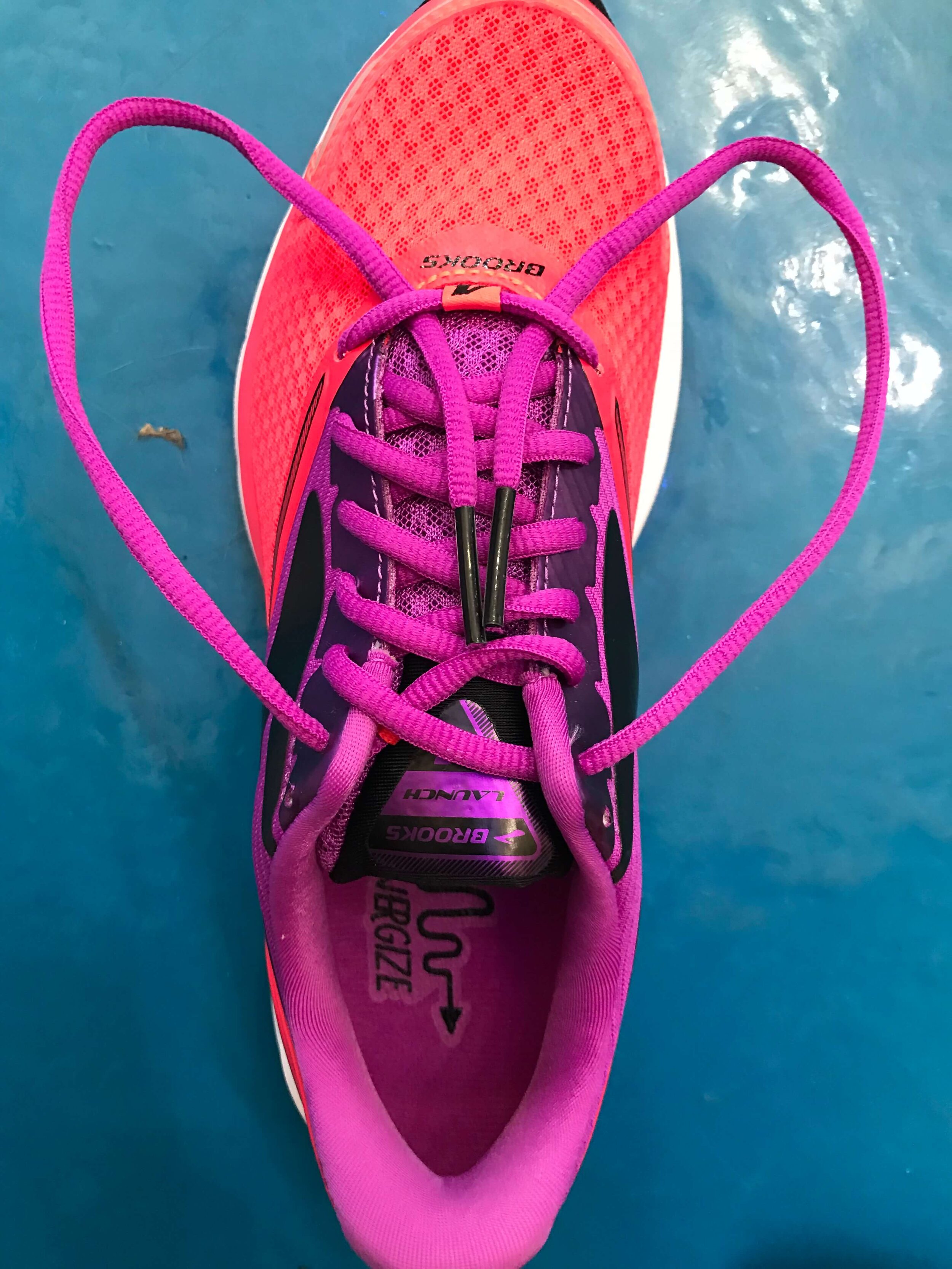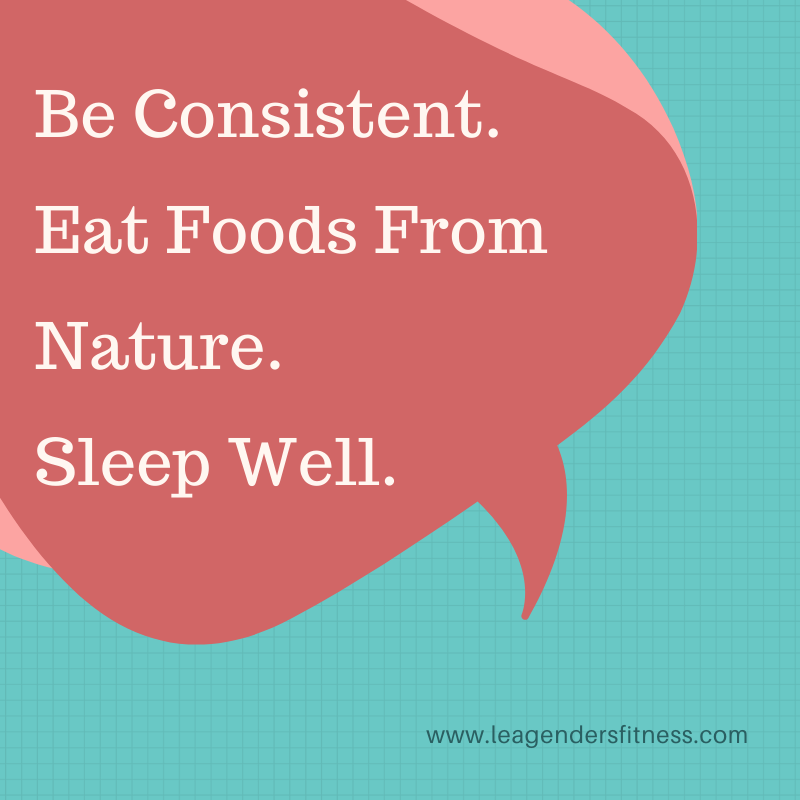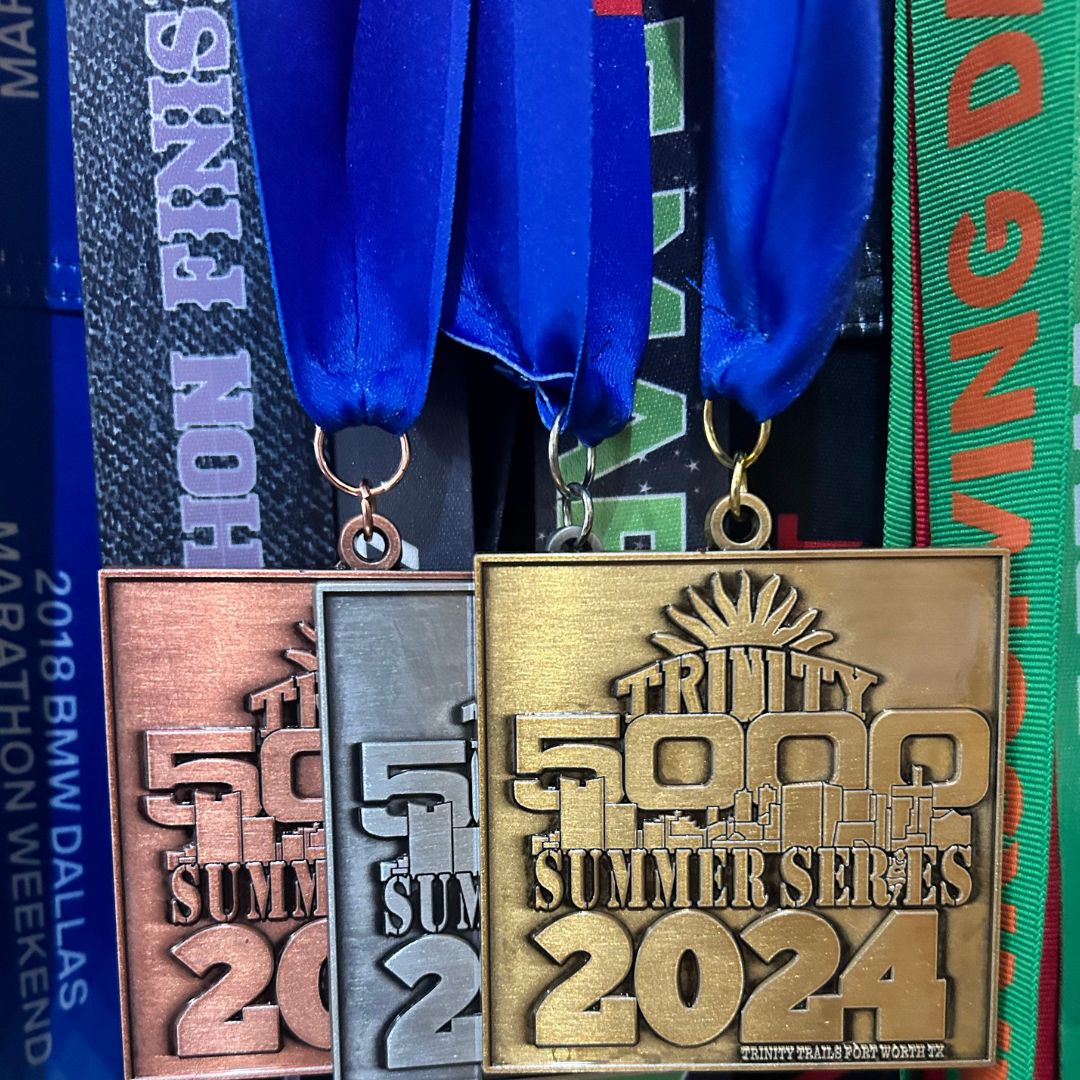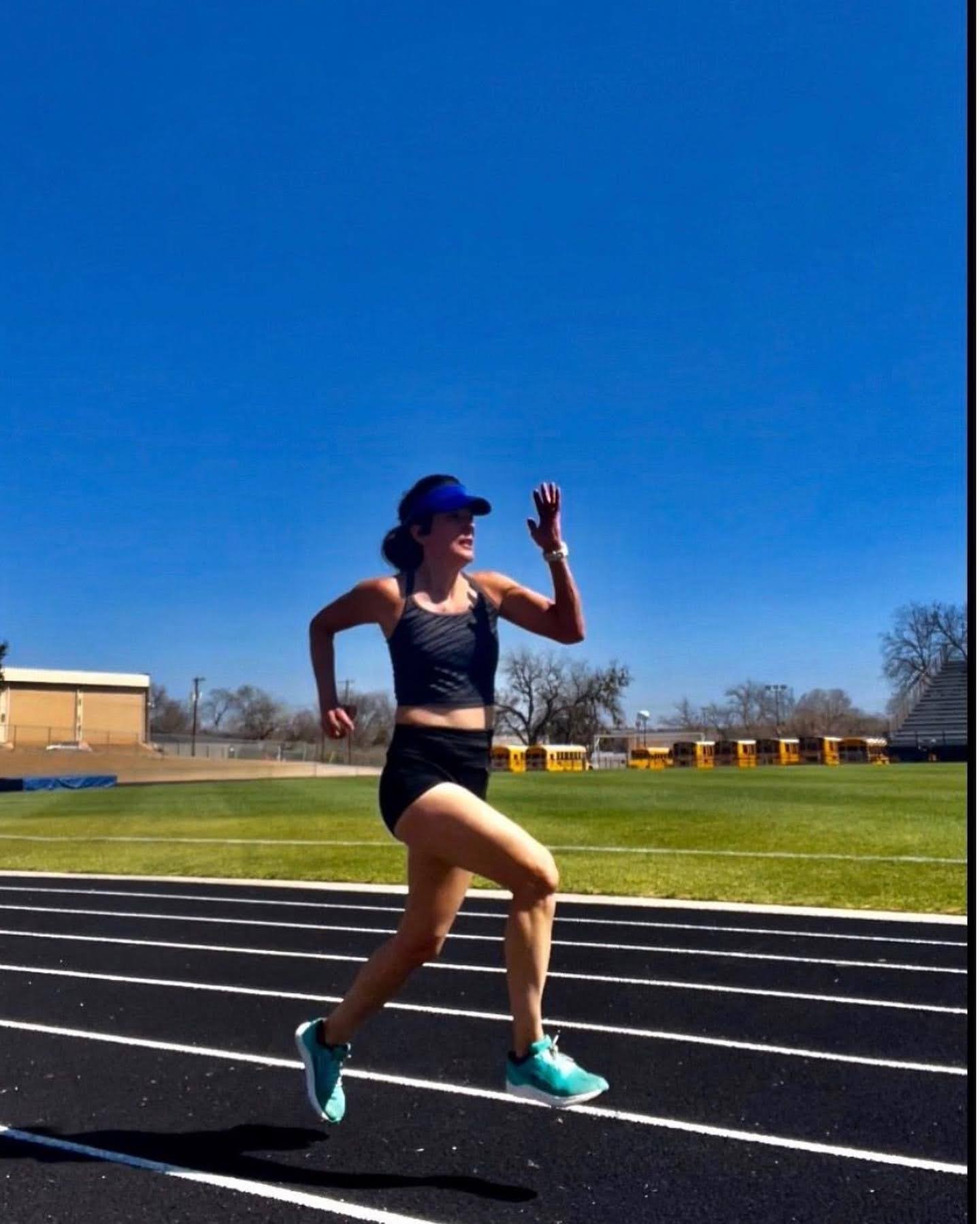Welcome to the latest edition of 52 Healthy habits when each week we tackle a new habit to improve our lives. I like to work on developing and cultivating habits because they are the building blocks of a healthy lifestyle. It's the not-so-secret secret that the industry doesn't talk much about, because it sounds boring compared "abs in 30 days or "lose 30 pounds in six weeks". Those promises are marketing messages designed to sell you something. Even when they do deliver on their promised result, it is usually not sustainable because it offers a short term fix rather than a long term solution. You have to change your behaviors (aka habits) over the long term to see lasting results.
I learned the hard way that it is better to go slow and take your time for sustainable results.
WHY HEALTHY HABITS?
When you begin to make healthier decisions on auto-pilot (aka habits) everything changes. It is no longer about having motivation or willpower. You don't have to suffer and feel deprived, but it takes work. It seems bad habits are super easy to develop (amiright?) but healthy habits take a little time and dedication. But that hard work pays off.
If you focus on one new habit for several weeks, you begin to rewire your brain to accept it as normal behavior. Over time it becomes as natural as brushing your teeth or taking a shower. It's not easy but it's a simple concept. Once you master a habit, add another and another. It's a much more effective strategy than trying to change everything all at once. It takes longer, but it lasts longer. Any new habit you try to adopt should pass the sustainability test. "Will I be able to do this new habit over the long term?" If yes, it is worth developing. In other words don't bother trying to give up carbs unless you think you can do it forever. Don't bother going on three week soup or juice diet. Anything temporary will have temporary results.
You can follow along with my healthy habits each week, go back through the archives to find one you want to work on or make up your own. The most important thing is that it is something that you are ready, willing and able to change.
MENTAL HABITS
The way you approach your healthy lifestyle mentally is just as important as the things you do. Your thoughts are habits too. You may have the habit of thinking negative thoughts or complaining. I know I do sometimes. You can break bad mental habits, just as you can learn to break bad physical habits. It's not just what you do, it is also what you think.
I talk a lot in this blog about overcoming the all-or-nothing mindset because it is something I deal with a lot. All-or-nothing thinking is a bad habit. It is my natural tendency to think this way, so I have to be hyper-aware of my thoughts and behaviors to make sure I am not swinging the pendulum too far in either direction. I am just as likely to get obsessed with healthy food and exercise as I am with Ben & Jerry's and Netflix marathons. But now that I know my tendencies, I am more aware of them and am able to spot my mistakes and make corrections before I fall too deep into a hole.
I'LL START MONDAY MENTALITY
An ongoing challenge is overcoming the "I'll start Monday" mentality. It's a rationalization that gives you false permission to make bad decisions. When you are trying to live a healthy lifestyle and make better choices, it is always about what you can do today, not about being perfect in some fake future scenario. The perfect Monday is never coming.
"It's a new week or a new month or a new year and this time, I'll learn to be perfect and do everything right."
That's the problem right there. It is never about being perfect and doing everything right. Don't even try. Don't waste your energy.
A healthy lifestyle is doing the best you can with what you have in any given moment. The "I'll start Monday" mentality gives you permission to binge over the weekend, but that isn't bringing you any closer to your goals. A better idea to decide on what treats you want to enjoy (indulgences are absolutely ok and encouraged) over the weekend and eat them in proper portions and frequency. Maybe you decide to eat healthy meals, but enjoy the ice cream as dessert. Or have an indulgence meal but eat slowly and stop eating when you feel 80% full. Or eat the hamburger but skip the fries (or just steal three from hubby's plate). Or eat a healthier version of the treat you crave. The most important thing is you are paying attention and making an effort to make healthier decisions, even in the smallest way. Even the smallest healthy decisions add up over time.
THERE'S NO PAUSE BUTTON on A HEALTHY LIFESTYLE
There's no pause button on a healthy lifestyle. That doesn't mean you have to live perfectly all the time, no matter what is going on. Of course not. That would be impossible. It's just doing the best you can in any situation. You're not on or off the proverbial wagon. There is no wagon, you just keep moving forward, no matter what. That's a healthy lifestyle.
Life gets busy. Life gets stressful. People get married. People go on vacation. People hurt their shoulder (slowly raises hand with injured shoulder). The beauty of habits is that when you take the time and energy to build them, it makes it easier to make good decisions during stressful times because habits are on autopilot. It's just what you do. The goal is to never feel like you need to pause your healthy lifestyle.
Once I finish school, I'll hire a coach.
Once this deadline has passed at work, I'll get on a consistent workout schedule.
After my kids get older, I'll have time to meal plan.
After I get back from vacation, I'll eat healthier.
This is the difference between a diet and exercise program and a healthy lifestyle. Diet and exercise programs have start and end dates. Your healthy lifestyle is something that you do day-in and day-out forever.
I'm not suggesting you shouldn't enjoy yourself on vacation or eat convenient meals during busy or high-stress times, it's just that making slightly healthier choices is something that you can practice in every situation. Don't try to make perfect choices, just a little bit better. It's a mindset.
HEALTHY HABITS FOR THE REAL WORLD
What I've learned is that it is more about learning to fit healthy behaviors into your current lifestyle than about changing your lifestyle to conform to healthy behaviors. In other words if you went off to a healthy-living retreat with a personal trainer, personal chef, mindset guru, with no job, family or kid responsibilities, surrounded by people doing the exact same thing it would be pretty easy to make healthy changes. Your lifestyle would be all about healthy living. But when you got home, things would change. You wouldn't have time to exercise three hours a day, your friends would start calling for happy hour and there probably isn't a personal chef at home to cook for you. It's the reason most of the Biggest Loser contestants gain the weight back (and sometimes more) once the show is over. That is not real life. In an artificial environment healthy living is easy. So the key is learn how to make healthy living work in the real world, in your crazy busy life.
How do you do that? You plan ahead the best you can. Then you have a plan B for when plan A is so far out of sight you can't even see it anymore. Then maybe a plan C because life's a bitch sometimes. (Plan C might just be self compassion, forgiveness and a willingness to try to do better at the next opportunity)
IF THIS HAPPENS, I'LL DO THIS INSTEAD
- If I have to work late, I'll do a quick 15 (or even 5) minute workout in my living room before bed instead.
- If I have to miss my morning run because I set my alarm for 5:30PM instead of 5:30AM, I'll walk during my lunch break instead.
- If I forgot to grab my packed lunch out of the fridge in the morning I'll buy a prepared salad from the drive-through (and only use a little of the dressing) instead.
- If I am totally tempted by the donuts in my morning meeting, I'll offer to split one with a co-worker (or two).
- If I am exhausted from a long day and don't have the energy for my workout, I'll take a walk with my dog instead.
None of the above scenarios are perfect, but they are all better than nothing. 'Better than nothing' builds consistency. Consistency builds success. It's not perfect, but it's still forward progress. If you skipped every day when something went wrong, you would never get anywhere, but if you do the best you can in every scenario, you're already so far ahead of most people when it comes to healthy living.
It's expecting that life won't be perfect, because in my 42 3/4 years on this planet, it hasn't been perfect yet. Make the best choices you can in the moment. Expect things won't go as planned. Think "How can I make this just a little bit better or healthier?" or "What's my plan B" and act accordingly.
I love writing about this topic because it helps me be more mindful and make better decisions. When hubby comes home with a carton (or three) of ice cream, I remember this post and think about how can I make the best decision possible while still enjoying my life and time with hubs. I'm not perfect. I don't always make the perfect choices, but I do the best I can in the moment and that is enough.
Progress not perfection.
Do you like how this sounds but not sure where to start? Check out my online nutrition program built by experts to develop healthy habits from the ground up over the long term.
Like this post? It helps me when you share with your friends and followers.






































Discover the 5 stages of fitness progression—from building the habit to optimizing your routine. Learn how to stay consistent, make progress at your own pace, and create a sustainable fitness lifestyle without the pressure of perfection.